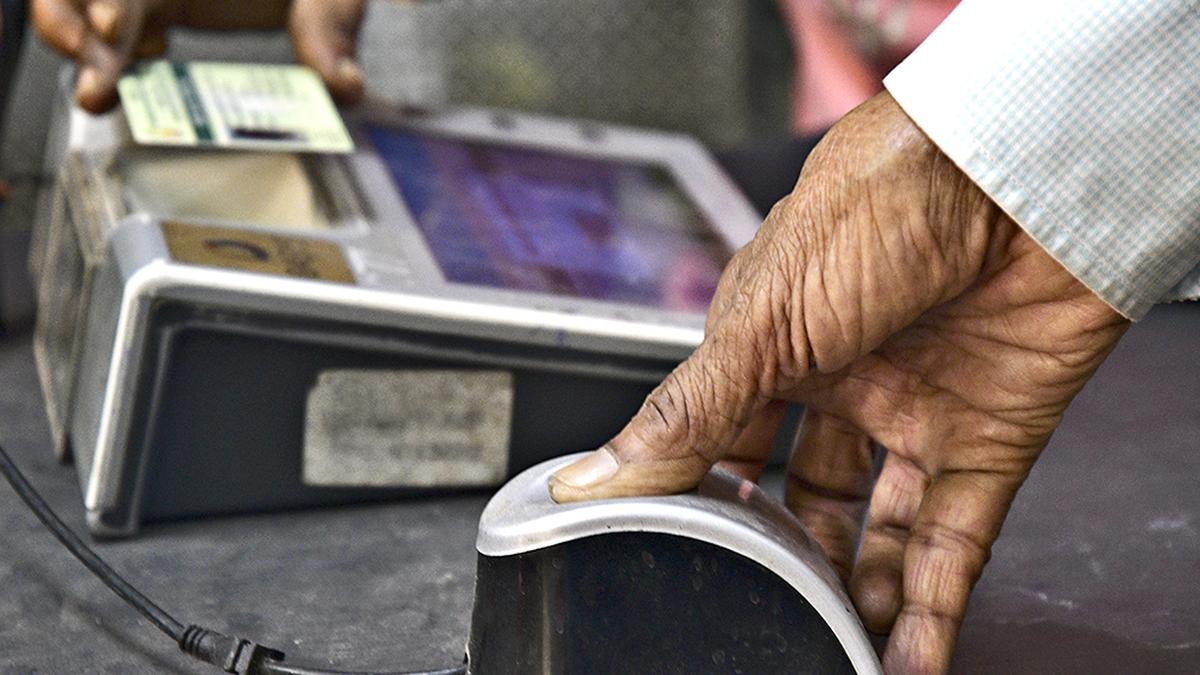




Copyright infringement not intended
Picture Courtesy: https://www.indiatoday.in/business/story/rbi-cuts-crr-to-4-how-this-liquidity-boost-will-benefit-the-economy-2645873-2024-12-06
The Reserve Bank of India (RBI) reduced the Cash Reserve Ratio (CRR) by 50 basis points (bps) to 4% from 4.5% to increase liquidity in the financial system.
The CRR is a percentage of a bank's deposits that must be held in liquid cash at the Reserve Bank of India (RBI).
It is a monetary tool set by the RBI to manage inflation and ensure banks have enough liquidity to meet customer demand.
The CRR cut increases liquidity in the banking system, allowing banks to use the freed-up funds for lending, which could accelerate economic growth.
As banks do not earn interest on the money kept in CRR with the RBI, the decision will benefit banks by providing them more resources for lending, which may also help reduce lending costs.
Banks may pass the benefits of the CRR reduction to borrowers, which could reduce loan interest rates.
|
The recent 50 basis points CRR cut by the RBI will free up around Rs 1.16 lakh crore in liquidity for the banking system, which will boost banks' lending resources. |

The MPC maintained the Repo rate at 6.5%, the RBI Governor highlighted ongoing food inflation as a major factor influencing the decision. High inflation is reducing disposable income, and the MPC believes that long-term price stability is required for sustained economic growth.

The GDP growth estimate for FY2025 was revised down from 7.2% to 6.6% due to the economy's slowdown in the second-quarter, which registered a GDP growth rate at 5.4%, a seven-quarter low, highlighting weaker performance compared to previous periods.
The inflation forecast for FY2025 has been revised from 4.5% to 4.8% due to rising consumer price inflation (CPI), which reached a 14-month high of 6.21% in October 2024.
Food inflation has been a major contributor to this increase, which is expected to continue into the third quarter (Q3) of FY2025 before slowing in the fourth quarter (Q4).
It was established by the Finance Act of 2016, which amended the RBI Act of 1934 to create a statutory and institutionalized framework to guide monetary policy in India.
It was set up under Section 45ZB of the amended RBI Act of 1934. This section authorizes the central government to establish the six-member MPC to manage monetary policy and inflation management.
The main function is to set the benchmark policy rate (repo rate) to keep inflation within the government's target range (2–6% with a median target of 4%).
The RBI Governor (Chairperson),
The RBI Deputy Governor in charge of monetary policy,
One official nominated by the RBI Board,
Three external members appointed by the government, represent independent experts in the field of economics or finance. They serve for four years.
The quorum for the MPC meeting is four members, one of whom must be the RBI Governor. If the Governor is unavailable, the Deputy Governor (in charge of monetary policy) must be present.
The MPC makes decisions using a majority vote. In the event of a tie, the RBI Governor casts the deciding vote to break the tie.
The MPC's decisions are binding on the RBI. The RBI is responsible for implementing the MPC's policy decisions, which include setting the repo rate and carrying out other monetary policy actions.
Must Read Articles:
MONETARY POLICY COMMITTEE (MPC)
RESERVE BANK OF INDIA’S (RBI) MONETARY POLICY COMMITTEE (MPC) MEET
Source:
|
PRACTICE QUESTION Q.Discuss the role of the Monetary Policy Committee (MPC) in ensuring price stability and how its decisions affect broader economic objectives. (150 words) |



© 2025 iasgyan. All right reserved